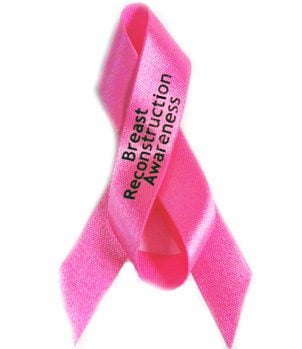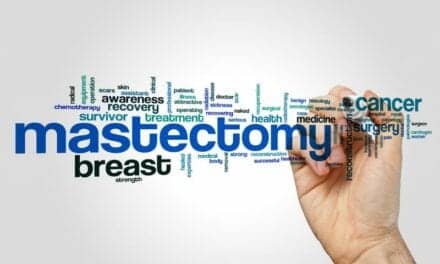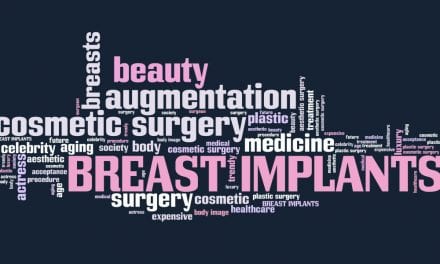By Denise Mann
Like many other October magazines, this month’s Plastic Surgery Practice is devoted to breast cancer. In our case, the focus is on the role that plastic surgeons can, do, and will play in the reconstructive process today and tomorrow.
October is National Breast Cancer Awareness Month, and it has been since 1985. Since that time, there have been countless Races for Cures, pink ribbons have popped up just about everywhere (The National Football League will even feature players, coaches, and referees wearing pink game apparel this year), and millions upon millions of dollars have been raised. Some may think it’s time to switch gears and start raising awareness and money for other diseases or causes—but that would be premature.
For sure, there have been some significant wins in the war against breast cancer, but giving up now is a mistake as we could be approaching the holy grail…a cure. New drugs, a paradigm shift in the use of postmenopausal hormone therapy, enhanced screening, and a better understanding of the genetic underpinnings of breast cancer have saved countless lives. Today, the chance of a woman having invasive breast cancer during her lifetime is about 1 in 8. The chance of dying from breast cancer is about 1 in 36. This is better than it was, but not good enough yet.
To get a better handle on where we are today, I called breast cancer specialist Susan Love, MD, president and medical director of the Susan Love, MD, Breast Cancer Foundation in Santa Barbara, Calif, author of Dr. Susan Love’s Breast Book and Dr. Susan Love’s Menopause and Hormone Book, and asked what she thought the greatest advances have been. She replied, “Recognizing that there are different kinds of breast cancer and having targeted treatments for most of them, such as Herceptin and the hormonal treatments.”
When I asked what was left to do, she summed it up like this: “When the NFL is wearing pink, I think we have achieved awareness! What we need now is research to find the cause and prevent it!”
What can plastic surgeons do to help advance the cause? Today, growing numbers of healthy women opt for prophylactic mastectomy followed by breast reconstruction, which can look very different from reconstruction in breast cancer patients. Plastic surgeons can provide guidance here, especially on the use of the newer shaped implants and other state-of-the-art techniques.
The anticipated seismic changes in health care and reimbursement will also affect plastic surgeons who do breast reconstruction, and they will need to have a seat at the table when decisions are being made about third-party payments. Plastic surgeons may have to make noise to ensure that these women are getting the best possible care and results in their quest to feel whole after breast cancer or breast cancer risk-reducing surgery. I hope you find this issue inspiring.






